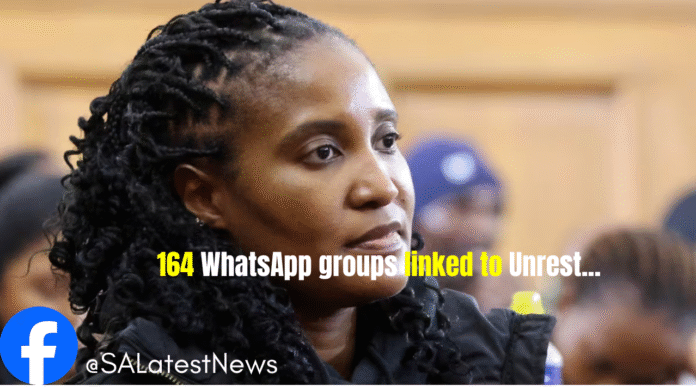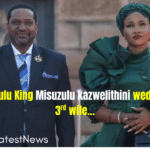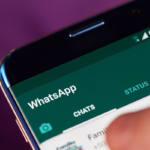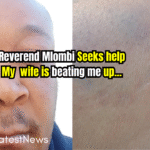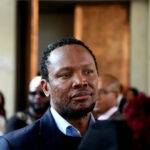The Durban High Court on Monday heard chilling details of how social media networks were allegedly used to coordinate violence during the deadly July 2021 unrest that left more than 300 people dead and caused billions of rand in damages to South Africa’s economy.
According to the State, as many as 164 WhatsApp groups were created and connected across provinces to issue instructions, mobilise supporters, and incite acts of violence, looting, and arson following the imprisonment of former President Jacob Zuma.
The revelations came as Zuma’s daughter, Duduzile Zuma-Sambudla, appeared before the court to face charges of terrorism and incitement to commit public violence. The State accuses her of using social media to encourage violent acts after her father was jailed for contempt of court in July 2021. Zuma-Sambudla has pleaded not guilty to all charges.
State Outlines a “Criminal Value Chain”
Prosecutors told the court that their investigation exposed a well-organised communication network operating during the unrest, describing it as a “criminal value chain” that connected national organisers to regional coordinators and on-the-ground perpetrators.
“It shows that high-level information was filtered to provincial levels and disseminated to ground forces,” the State said, referring to the WhatsApp groups that emerged in the days leading up to and during the violence.
The prosecution revealed that the first signs of mobilisation began shortly after the Constitutional Court’s ruling on 29 June 2021, which found Jacob Zuma guilty of contempt. “Our initial investigations revealed that, following the Constitutional Court ruling resulting in former President Zuma’s incarceration, he handed himself in on the evening of July 7, 2021, to the Estcourt Correctional Services,” the State said.
The following day, violence erupted across KwaZulu-Natal and parts of Gauteng. “On July 8, as a result of that incarceration, there were different reactions — both support for and opposition to Zuma’s imprisonment — that led to the start of the unrest,” the prosecution added.
164 WhatsApp Groups Linked to Unrest
Investigators uncovered a complex network of 164 WhatsApp chat groups, which they said were “created for the sole purpose of communicating from a high level to ground forces.”
Some of these groups were set up even before Zuma reported to prison on 7 July 2021, indicating that planning may have begun in anticipation of his arrest. Of particular concern were eight main WhatsApp groups, which the State identified as playing a key role in directing protests, looting, and destruction.
The State presented the following as key examples of those groups:
-
Chat 36: “Under the New Political Landscape” – 106 participants, no persons of interest. Created on 4 August 2021 in Bloemfontein.
-
Chat 129: “INK Shutdown” – 84 participants, 16 persons of interest. Created on 7 July 2021 at 11:31 in the Inanda, Ntuzuma, and KwaMashu areas.
-
Chat 134: “eThekwini Shutdown” – 316 participants, 30 persons of interest. Created on 8 July 2021 at 12:06, focusing on Durban Metro.
-
Chat 135: “3 Zuma Coordinators” – 204 participants, 38 persons of interest. Created on 8 July 2021 at 10:18 for national coordination.
-
Chat 147: “ANC Factional Metro” – 187 participants, no persons of interest. Created on 4 July 2021 at 20:42, operating nationally.
-
Chat 148: “EMTF Stop” – 222 participants, no persons of interest. Created on 2 July 2021 in Cape Town.
-
Chat 152: “KR1 Jacob Zuma Supporters” – 280 participants, no persons of interest. Created on 29 June 2021, the date of the Constitutional Court ruling.
-
“Zuma Real Activists 100%” – 334 participants, 19 persons of interest. Created on 1 July 2021 in Gauteng.
The prosecution said these groups provided a “clear pattern of coordination between national and provincial levels”, helping to direct violent actions in real time.
The Nature of the Violence
The State described the unrest as “a broad range of crimes committed between 8 July and the evening of 15 July”, including looting, arson, destruction of property, murder, and truck burnings.
Prosecutors told the court that what began as political support for Zuma’s release quickly evolved into widespread criminality, devastating businesses and infrastructure across KwaZulu-Natal and Gauteng. The unrest paralysed supply chains and left many communities without food and basic services.
Defence Response
Zuma-Sambudla’s defence team, led by Advocate Dali Mpofu SC, did not object to the introduction of the State’s WhatsApp evidence but noted the late filing of some documents.
“Although we have no objection, my Lord, I just wanted to place on record that this is the statement I referred to earlier, which was only completed last week,” Mpofu said.
Despite the extensive digital footprint presented by the State, it was acknowledged that Zuma-Sambudla herself was not a member of any of the eight key WhatsApp groups cited in the evidence.
Unrest Rooted in Zuma’s Arrest
The July 2021 unrest began after the Constitutional Court sentenced former President Jacob Zuma to 15 months in prison for defying its order to appear before the Zondo Commission of Inquiry into State Capture.
After Zuma’s incarceration, his supporters demanded his release and gathered in large numbers across KwaZulu-Natal. The demonstrations escalated into riots that spread to other provinces, notably Gauteng, where large-scale looting and violence took hold.
Trial Continues
The prosecution’s case seeks to link Zuma-Sambudla’s online activity to the broader network that allegedly organised and fuelled the unrest.
Although she is accused of inciting violence through her posts on social media platforms, the State has yet to present direct evidence placing her in the specific WhatsApp groups that coordinated the events.
For now, prosecutors insist the evidence shows a pattern of digital coordination behind the chaos that swept the country in July 2021.
The trial continues.

Follow Us on Twitter

